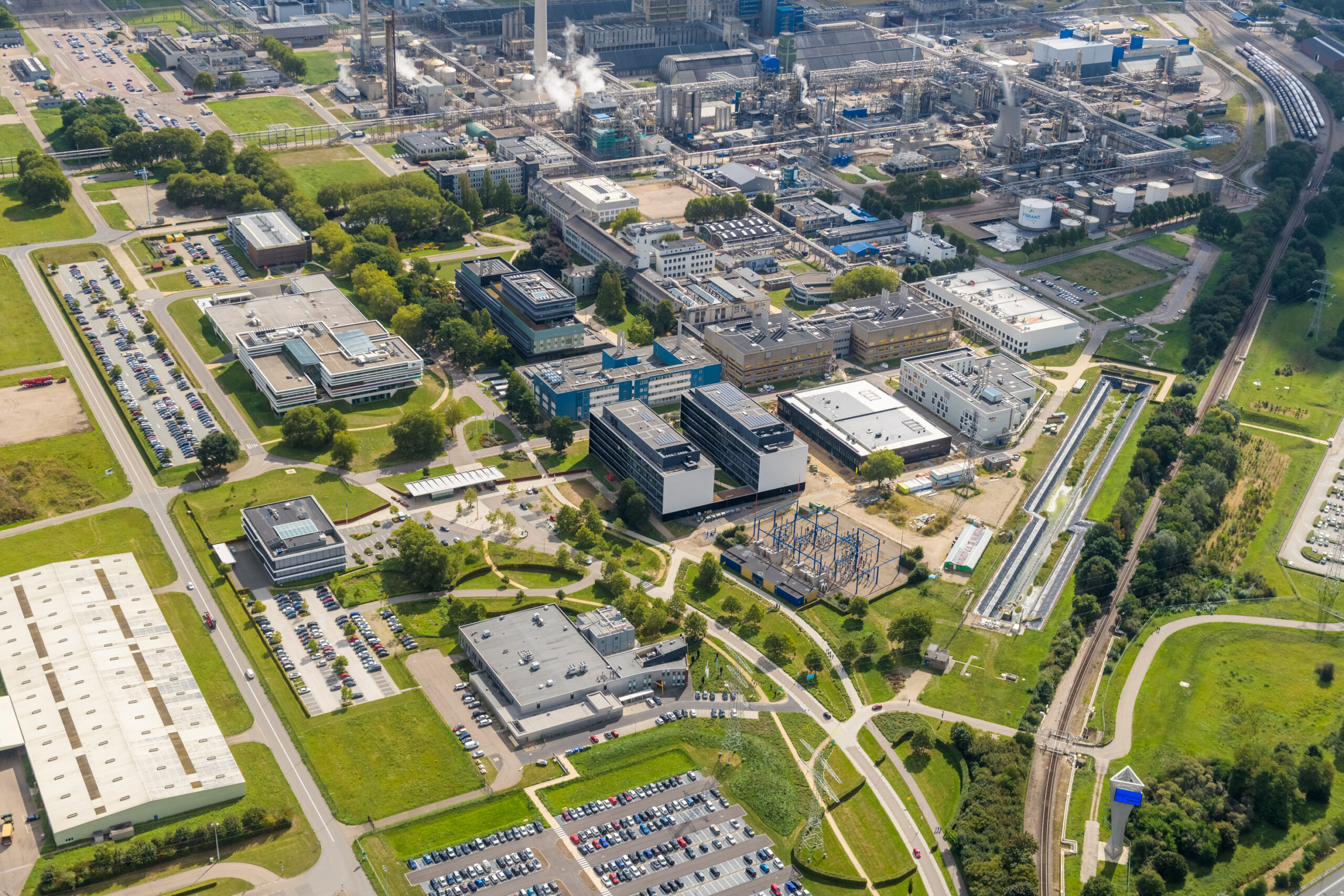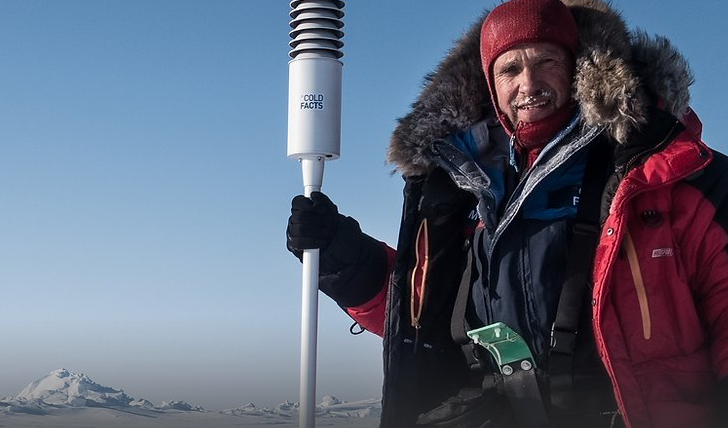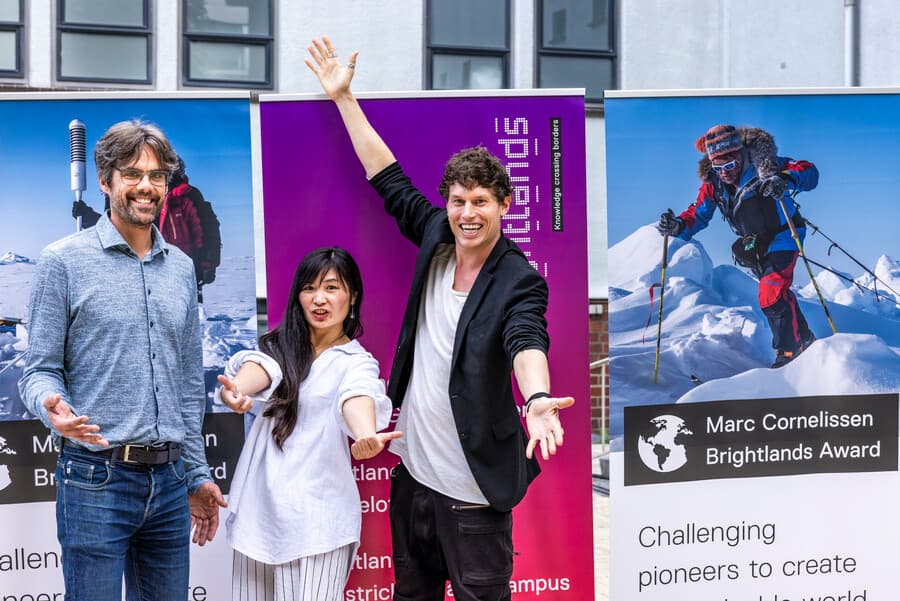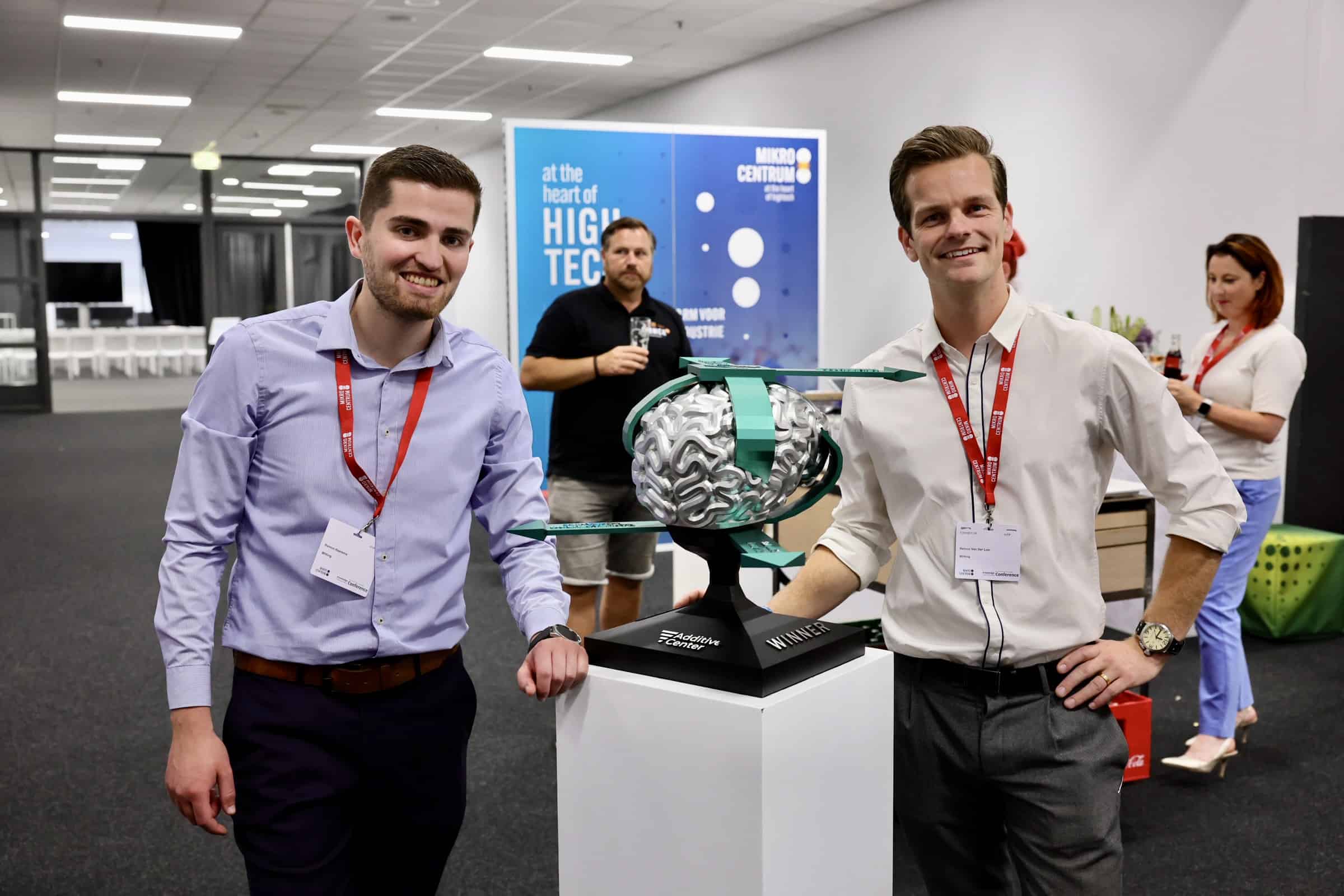
The Lake3D company prides itself on an innovative printing technology that can produce high-quality teeth and dental prosthetics in the right color.
What’s more, manufacturing will be more efficient and sustainable – without any waste. The company, based at the High Tech Campus in Eindhoven and the Brightlands Chemelot Campus in Geleen in the Netherlands, hopes to present its first products by the end of this year.
The Italian Jessica Pepe and Kim Alards from the Dutch province of Limburg – both women with a heart for technology – are part of the research and development department of Lake 3D that was founded in 2019. With a team of about ten specialists, e.g., physicists, chemists, material scientists and software engineers, they are exploring what the printer is capable of using the applications they develop themselves in consultation with dental laboratories.

Innovative
Of course, 3D printers are not new, even in the aforementioned laboratories. “What makes us special,” says Kim Alards, “is that we don’t supply printers to dental companies but develop the printing process that’s driven by the actual application for it. Our technology is innovative and can provide a huge boost in quality.”
Inkjet
That innovation is found in inkjet technology. The range of possibilities is enormous, according to Alards and Pepe. For example, they can combine several materials and print them in any desired color. The material is initially in liquid form and is then jetted and hardened layer by layer on a substrate using tiny droplets until it has the desired shape. Each layer is made up of millions of droplets measuring thirty picoliters, each of which can contain a different material.
Dental prosthetics
Lake3D can therefore print teeth in any color, the dental prosthetics will always fit onto the teeth and will also be extremely strong. Kim: “So we need to know exactly what color a tooth is, which is why we work with dentistry laboratories. The color of a tooth is very complex, it contains a variety of shades and transparencies that are not easily reproduced by a printer. By combining droplets of different colors, we are able to mimic the appearance of a tooth perfectly.”
They are convinced that they will transform the market. Jessica: “We are awfully close to our first commercial product. Our efforts have inspired dentistry laboratories and dentists, and they are working with us enthusiastically.”
Residual waste
According to Lake3D, major changes are also needed in the dental market. Costs can be spared by making gains where efficiency is concerned. Also, the dental industry must also become more sustainable. Because Lake3D prints products and does not mill them, there is no residual waste. Kim: “Right now, a lot of steps still need to be taken. Many steps are needed now to get to the end product. For example, a dental prosthetic has to be painted by hand to get the color right. Soon, with our process, fewer steps will be needed which makes it more efficient, cheaper and faster.”
The prerequisite for printing dental prosthetics is that the material can be made into a liquid that the print heads can process in droplets. Jessica: “For teeth, ceramic materials can be used, while polymeric materials can be used for dental prosthetics that protect the teeth. Each dentistry application requires a different material; we are developing our equipment in collaboration with the laboratories.”
Healthy teeth
Kim and Jessica point out that they are not just thinking commercially. If they can print faster, more efficiently and more cheaply in the future, then that can lead to overall better health around the world. Because healthy teeth help to achieve that. Jessica: ” We are trying to take the first steps towards this together with local laboratories.”
CHILL
Is there more in the works than just the promising help for prosthodontics? Kim: “This is also promising for other kinds of applications. When we print a tooth, a number of requirements have to be met: it has to be strong, it has to look perfect and it has to fit onto your teeth. The possibilities are endless, if this succeeds, you will be able to print anything with this technology. Just consider ceramic products. I can imagine putting a website on the market, you just have to click and we print the products for you, simply things from your daily life.”

Lake3D is a relatively young company. In order to develop itself further, it also has a location at the Brightlands Campus in Geleen where it works as part of CHILL. All of this to further enhance the dentistry market by developing a sustainable manufacturing process for high-quality and durable dentistry applications.








